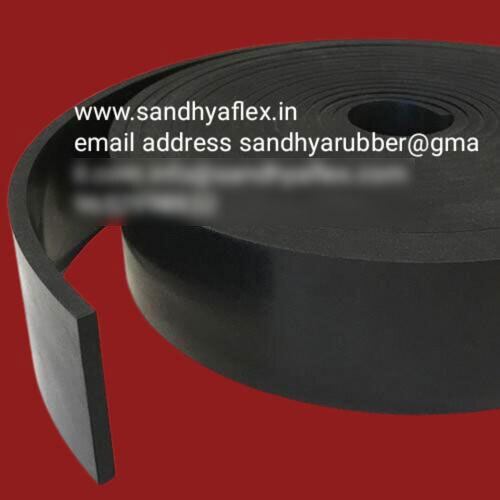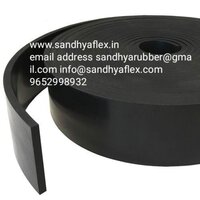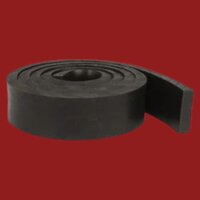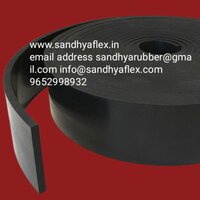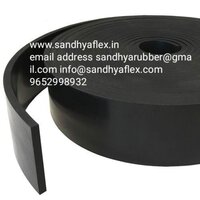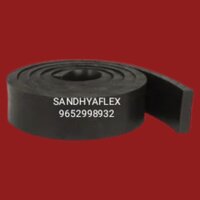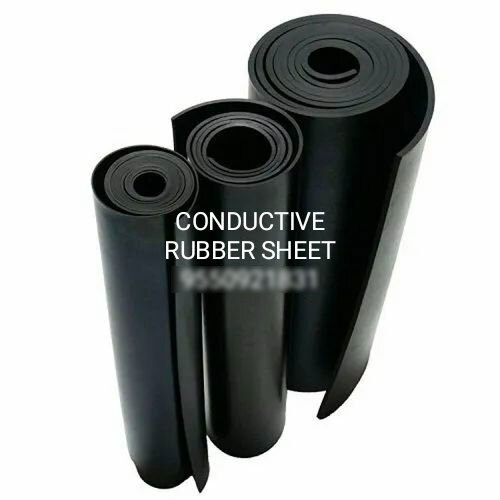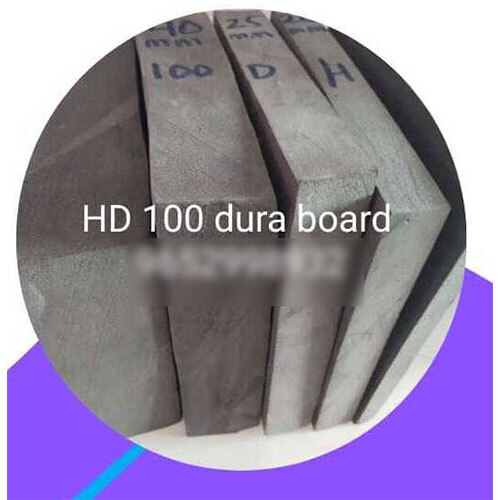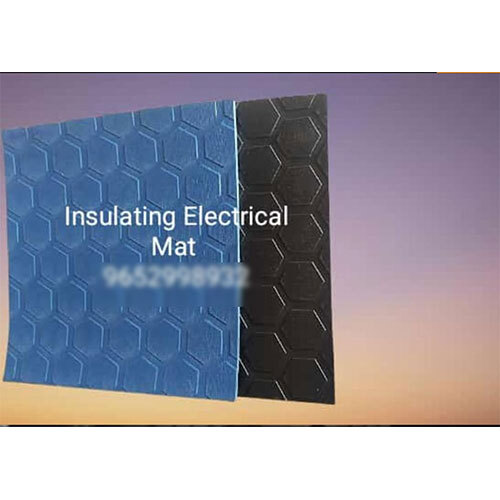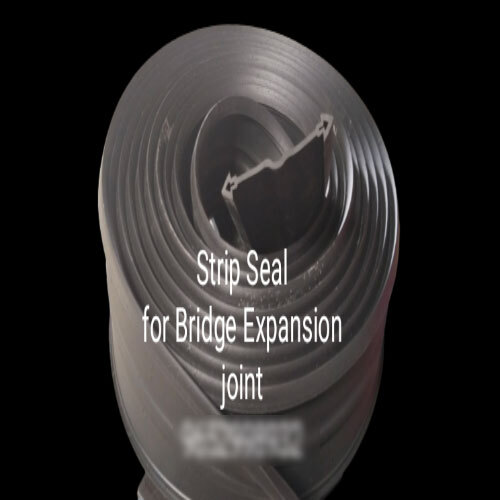Squire Rubber Beading
Product Details:
- Feature Weather Resistance
- Color Black
- Hardness 20 to 80 Shore A
- Product Type Rubber Beading
- Click to View more
Squire Rubber Beading Price And Quantity
- 400 INR/Meter
- 100 Meter
Squire Rubber Beading Product Specifications
- Rubber Beading
- Weather Resistance
- Black
- 20 to 80 Shore A
Squire Rubber Beading Trade Information
- mumbai
- 2000 Meter Per Day
- 4 Days
- Packing in Coil
- Asia
- All India
- ISO 9001.2015
Product Description
Rubber strips are versatile materials with a wide range of uses and applications across various industries. Here are some common uses and applications of rubber strips:
1. Sealing Applications Rubber strips are often used for sealing purposes due to their flexibility and ability to conform to irregular surfaces. They can be employed in doors, windows, automotive weatherstripping, and other sealing applications to prevent air, water, dust, and noise infiltration.
2. Weatherproofing Rubber strips are utilized for weatherproofing outdoor structures such as sheds, garages, and barns. They provide a barrier against rain, snow, and drafts, helping to maintain interior comfort and protect stored items from moisture damage.
3. Vibration Dampening Rubber strips are effective in reducing vibrations and noise transmission. They can be installed between mechanical components or structural elements to dampen vibrations and absorb shocks, thus minimizing noise and prolonging equipment lifespan.
4. Gasketing Rubber strips are commonly used as gaskets in machinery, engines, pumps, and piping systems to create a tight seal between mating surfaces and prevent fluid or gas leakage. They offer resistance to various chemicals, oils, and temperatures, making them suitable for diverse gasketing applications.
5. Cushioning and Padding Rubber strips serve as cushioning and padding materials in furniture, packaging, sports equipment, and automotive interiors. They provide comfort, shock absorption, and protection against impacts, enhancing user experience and product durability.
6. Expansion Joints Rubber strips are utilized in expansion joint assemblies to accommodate movement and thermal expansion in structures such as bridges, buildings, and pavements. They help to maintain structural integrity, prevent cracking, and extend the service life of construction projects.
7. Electrical Insulation Rubber strips with insulating properties are employed in electrical and electronic applications to provide insulation, moisture resistance, and protection against electrical hazards. They are used in wiring harnesses, electrical enclosures, and cable management systems.
8. Decorative Trim Rubber strips can be used as decorative trim or edging on furniture, countertops, appliances, and automotive interiors. They enhance aesthetics, cover rough edges, and provide a finished appearance to the surfaces.
Overall, rubber strips offer versatility, durability, and reliability in a wide range of industrial, commercial, and residential applications, making them indispensable components in various products and systems.

Price:
- 50
- 100
- 200
- 250
- 500
- 1000+

